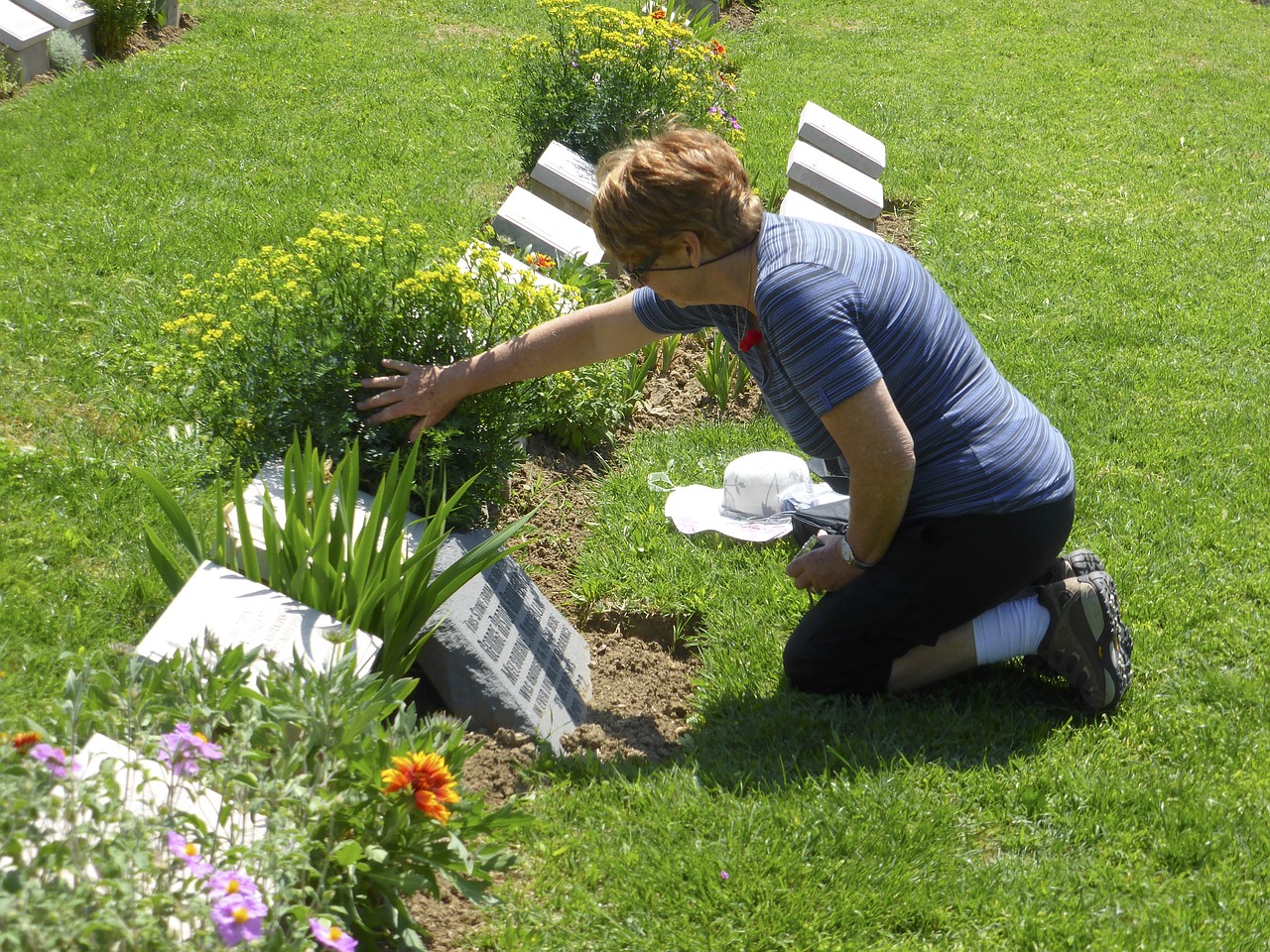Guest article by Heart-in-diamond.com
In the western culture of times gone by, it was considered taboo not to publicly, heavily mourn the death of a child or parent for 30 days after the fact, with a period of wearing only black and continued (obvious) grief lasting at least six months after that. It was considered wholly untoward to stray from this accepted grieving process. You were expected to make a big to-do, whether it came naturally to you or not.
The Trouble
While such expectations make little sense today, modern societal pressures during grief can be just as counterproductive. Western culture, fast-paced, ends-ruled and insistent that positive attitudes breed positive results, seems to hold little place for the soul in grief. Our culture is, oftentimes, one of imposed, silent grief. It’s one of knuckling down and getting on with the show, come hell or high water.
Sometimes, this is not so much a societal expectation as it is a self-imposed one. Work needs doing and basically, whether male or female, whether mourning a loss or no, the new millennium slows in wait for no-one. The trouble with not expressing grief but rather immersing yourself in ordinary day-to-day actions and interactions is that your grief has no channel for escape.
The Solution
While some might opt to train for a marathon or take up sculpture, in order to channel their feelings into a constructive avenue never attempted before, immersion in ordinary day-to-day living simply doesn’t have what it takes to channel grief effectively. If, like many modern men and women, you just don’t have the time or means to take on a new, constructive pastime, the use or wearing of a token or solid remembrance object can be an invaluable grieving aid.
A shining example of such a remembrance token is the memorial diamond. The incorporation of a loved one’s ashes into an object that is not only beautiful but wearable is a highly charged act and can serve as an ongoing blessing through the various natural stages of bereavement and beyond.
Promoting Acceptance
One such phase is that of denial, in which a sense of overwhelmed disbelief forces our feelings underground. A tactile and visual stimulus, such as is afforded by a memorial diamond, can be the first step at overcoming the denial which becomes an ongoing roadblock to recovery for so many individuals. What’s more, such a memorial token is neither as assuming nor as overtly melancholic as a remembrance object like, for example, an urn or an item once held dear by the deceased, might be for some.
Overcoming Guilt
Another component of grief, which bites at us when we find ourselves letting go and enjoying ourselves at last, guilt, can also be tackled and even overcome by the wearing of a solid remembrance object such as a memorial diamond. These objects allow us to ‘carry our loved ones with us,’ so that we needn’t feel those pangs of guilt when we enjoy a song or a laugh without our loved one present. They are affirming in the sense that by wearing them we are dedicating something of ourselves to the lost, each and every day. We are wearing them, we have not forgotten them, and there is no need to feel guilty.
Breaking The Ice
Last but not least, grief tokens and solid remembrance objects can be icebreakers. While spontaneously pouring out your heart at the coffee table might be out of the question for you, these objects allow us to start a dialogue about those we’ve lost, in a light that’s positive, current and practical. A memorial diamond, for example, is a conversation piece that can not only encourage vocal remembrance of those we’ve lost but also allow a channel for us to communicate our grief and recovery, where one would not exist otherwise.
Image via Pixabay


